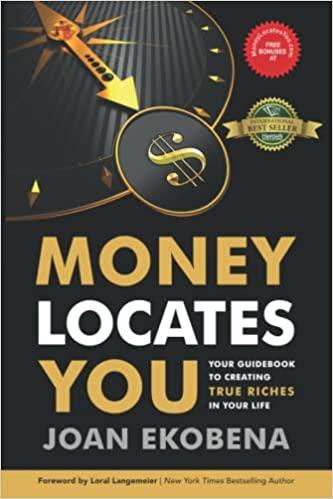Answered step by step
Verified Expert Solution
Question
1 Approved Answer
Snow Inc. has developed a powerful efficient snow blower that is significantly less polluting than existing snow blowers currently on the market. The company spent
Snow Inc. has developed a powerful efficient snow blower that is significantly less polluting than existing snow blowers currently on the market. The company spent $ developing this product and the marketing department spent another $ to assess the market demand. It would cost $ million at Year to buy the equipment necessary to manufacture the efficient snow blower. The project would require net working capital at the beginning of each year equal to of sales NOWCSales NOWCSales etc. The efficient snow blowers would sell for $ per unit, and the company believes that variable costs would amount to $ per unit. The company expects that the sales price and variable costs would increase at the inflation rate of after year The companys nonvariable costs would be $ in Year and are expected to increase with inflation. The efficient snow blower project would have a life of years. If the project is undertaken, it must be continued for the entire years. Also, the project is expected to be of average risk. The firm believes it could sell units per year.
The equipment would be depreciated using a CCA rate of The estimated market value of the equipment at the end of the projects year life is its undepreciated capital cost ie book value at the end of year The company has other assets in this asset class. Its federalplusprovincial tax rate is Its cost of capital is for average risk projects. Lowrisk projects are evaluated with a WACC of and highrisk projects at Assume that the halfyear rule applies to the CCA.Snow Inc. has developed a powerful efficient snow blower that is significantly less polluting than existing snow blowers currently on the
market. The company spent $ developing this product and the marketing department spent another $ to assess the
market demand. It would cost $ million at Year to buy the equipment necessary to manufacture the efficient snow blower. The
project would require net working capital at the beginning of each year equal to of sales NOWCSales NOWC
Sales etc. The efficient snow blowers would sell for $ per unit, and the company believes that variable costs would amount
to $ per unit. The company expects that the sales price and variable costs would increase at the inflation rate of after year
The company's nonvariable costs would be $ in Year and are expected to increase with inflation. The efficient snow blower
project would have a life of years. If the project is undertaken, it must be continued for the entire years. Also, the project is
expected to be of average risk. The firm believes it could sell units per year.
The equipment would be depreciated using a CCA rate of The estimated market value of the equipment at the end of the project's
year life is its undepreciated capital cost ie book value at the end of year The company has other assets in this asset class. Its
federalplusprovincial tax rate is Its cost of capital is for average risk projects. Lowrisk projects are evaluated with a
WACC of and highrisk projects at Assume that the halfyear rule applies to the CCA.
a Develop a spreadsheet model and use it to find the project's NPV IRR, and payback.
Part Input Data in thousands of dollars except for unit amount
Equipment cost
Net Operating WCsales
Yearly sales in units
Sales price per unit
Variable cost per unit
Nonvariable costs
Part CCA Schedule
Investment Outlays at Time Zero:
Equipment
Operating Cash Flows over the Project's Life:
Units sold
Sales price per unit
Variable costs per unit
Sales revenue
Variable costs
Nonvariable operating costs
Depreciation equipment
Oper. income before taxes EBIT
Taxes on operating income
Net Operating Profit After Taxes NOPAT
Add back depreciation
Operating cash flow
Working Capital:
$
$
$
Please answer in excel

Step by Step Solution
There are 3 Steps involved in it
Step: 1

Get Instant Access to Expert-Tailored Solutions
See step-by-step solutions with expert insights and AI powered tools for academic success
Step: 2

Step: 3

Ace Your Homework with AI
Get the answers you need in no time with our AI-driven, step-by-step assistance
Get Started


